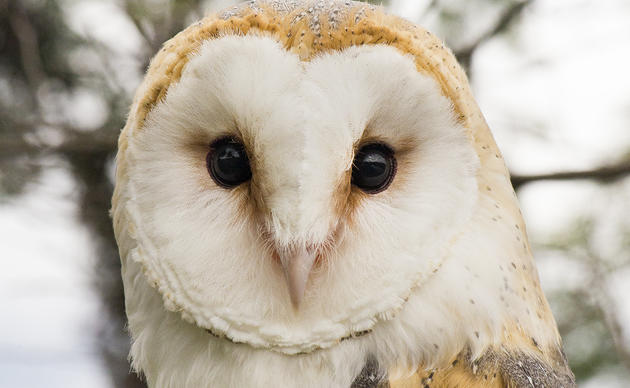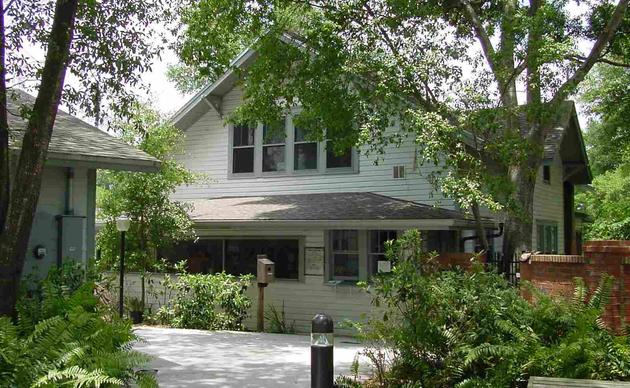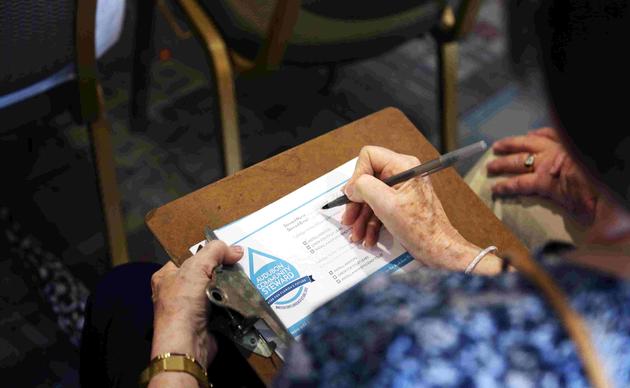Update November 2023: Read the latest news about Connick here!
When a popular camera captured a young Bald Eagle falling from its nest on Captiva Island, viewers stepped in to alert local rehabilitators. Through teamwork and cooperation, Connick the Bald Eagle is recovering at the Center for Birds of Prey.
A Popular Bald Eagle Nest
The Captiva Island Eagle Cam streams a nest on property owned by Lori Covert, an avid conservationist who set up the original cameras and posted footage to her Instagram account, gaining a following there. In 2018, she hired professional wildlife camera installers Window to Wildlife to install both an overhead and a side view camera, and she handed off the monitoring to the company's co-founder, Connor O'Brien, who began livestreaming the nest to the public on his website.
Viewers followed along season after season: In 2018-19, one of the two eaglets fledged. In 2019, both successfully fledged. In 2020, both eaglets in the nest died from rodenticide poisoning. Last season, the nest was home two eggs that never hatched. The 2022-23 nesting season started off strong, with the adult eagle pair spending lots of time there, but Hurricane Ian proved devastating for the nest, along with the camera equipment and much of Captiva Island. Across Lee County, the destruction was significant: Of the 76 nests that Audubon EagleWatch volunteers monitor there, 46 were found to be damaged or destroyed.
About a month after the storm, with permission from the Florida Fish and Wildlife Conservation Commission, Window to Wildlife installed a new nest and cameras, and the eagles moved back in. By December, they laid two eggs. Only one would hatch.
2023 Nesting Season Mishap Prompts Rescue
Once an eaglet hatches, both parents feed it: first by tearing pieces to feed directly to the eaglet, and after a few weeks, by dropping food in the nest for the eaglet to self-feed. At around 10-12 weeks old, the eaglet will take its first flight. This is an exciting time for eagle cam viewers, and because of the history of this particular nest, the little eaglet, named Connick, had a lot of supporters following his early weeks. Viewers cheered Connick on as he began to branch, or jump to nearby branches on his nest tree, an important step in learning to fly.
As Connick grew, viewers noticed he was losing several of his primary flight feathers. It's normal for eagles to drop feathers, or molt, as they grow, but the flight feathers typically fall out in a strategic pattern that allow an eagle to remain flighted while new feathers grow in. When Connick was 12 weeks old, more bad news came: Viewers watched helplessly as Connick attempted to branch, lost his footing, and fell from the nest. Rescuers from the Clinic for the Rehabilitation of Wildlife (CROW) arrived quickly and, searching in the dark with headlamps, found Connick on the ground.
The CROW team examined Connick and found he was anemic. That fact, along with the missing feathers, pointed to a possible rodenticide poisoning. If an eagle or other bird of prey eats a rodent that has consumed rat poison, the bird can become very sick or die from the poison as well. CROW treated Connick for two weeks, until he was stable. However, CROW, which is located on Sanibel Island, lost six of its outdoor flight mews during Hurricane Ian -- including its Large Flight enclosure, where a bird like Connick would go for long-term rehabilitation.
Connick Comes to the Audubon Center for Birds of Prey
On April 24, rehabilitators transferred Connick to the Audubon Center for Birds of Prey. Here, in the Raptor Trauma Clinic, staff noted he had a high white blood cell count, parasites, and the ongoing feather damage. After another three weeks of treatment, Connick moved out of the Clinic and into the Center's rehabilitation mews, where the team is closely monitoring his feathers for signs of new growth.
Connick continues his journey at the Center for Birds of Prey during our busiest time of year: baby season, when our bird care costs more than double as we take in hundreds of birds over the next few months. To date, the Center has spent more than $1,500 on Connick's care. Eagle Cam viewers and other supporters of Connick can contribute to his care by making a donation to the Audubon Center for Birds of Prey.
Audubon depends on your support to rehabilitate Bald Eagles, like Connick, and other birds of prey. Donate today to support their care.




